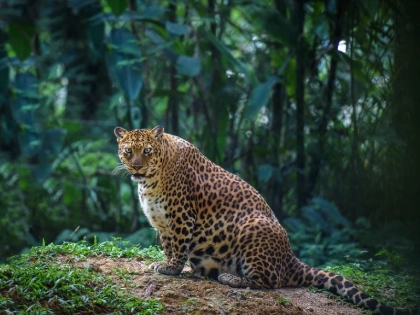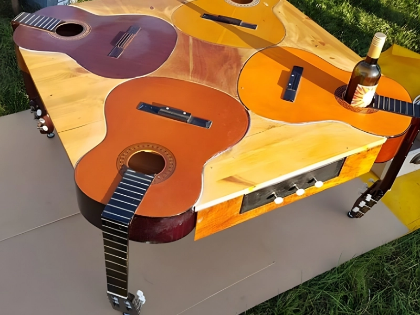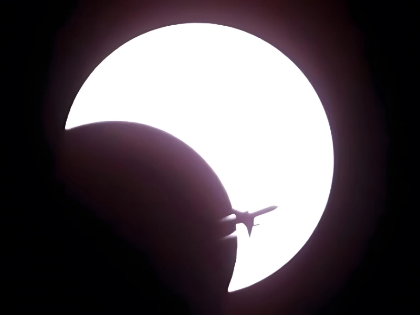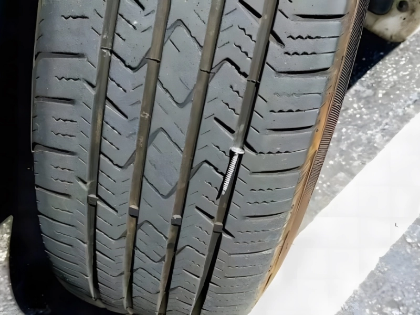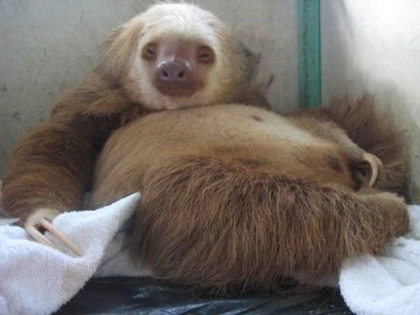Deepest Hole On Earth Was Permanently Sealed After Finding Mysterious Fossil
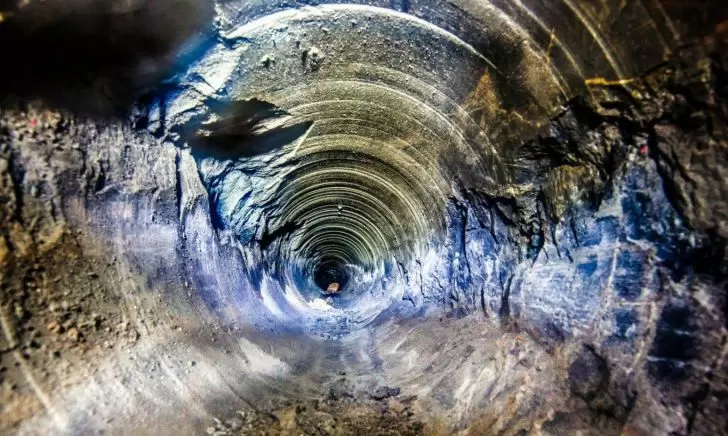
Often referred to as the "arrow pointing to hell," this striking phenomenon was unexpectedly captured by a Japanese astronaut during a mission in space. The image serves as a fascinating reminder of how much remains unknown about our own planet. Despite all the advancements in technology and exploration, humanity still knows far less about what lies beneath the Earth’s surface than we do about the vast expanse of the universe. The mysteries hidden deep within the Earth’s crust continue to elude scientists, sparking curiosity and wonder about the secrets buried below.
While the space race between the United States and the Soviet Union during the Cold War is well-documented and widely studied, few people are aware of the equally captivating and competitive efforts to explore the Earth’s interior. This lesser-known "race to the center of the Earth" involved ambitious drilling projects aimed at uncovering the structure and composition of the planet’s crust. These endeavors were not only groundbreaking in terms of science and engineering but also highlighted the enduring human desire to push boundaries and explore the unknown.
The challenges of drilling through the Earth’s dense crust proved to be immense, requiring innovative technologies and extraordinary perseverance. Projects like the Kola Superdeep Borehole, initiated by the Soviet Union, stand as a testament to the determination of scientists and engineers to understand the Earth’s geological history and its hidden layers. These efforts, though often overshadowed by space exploration, have provided valuable insights into the planet’s formation and the processes that shape its surface.


